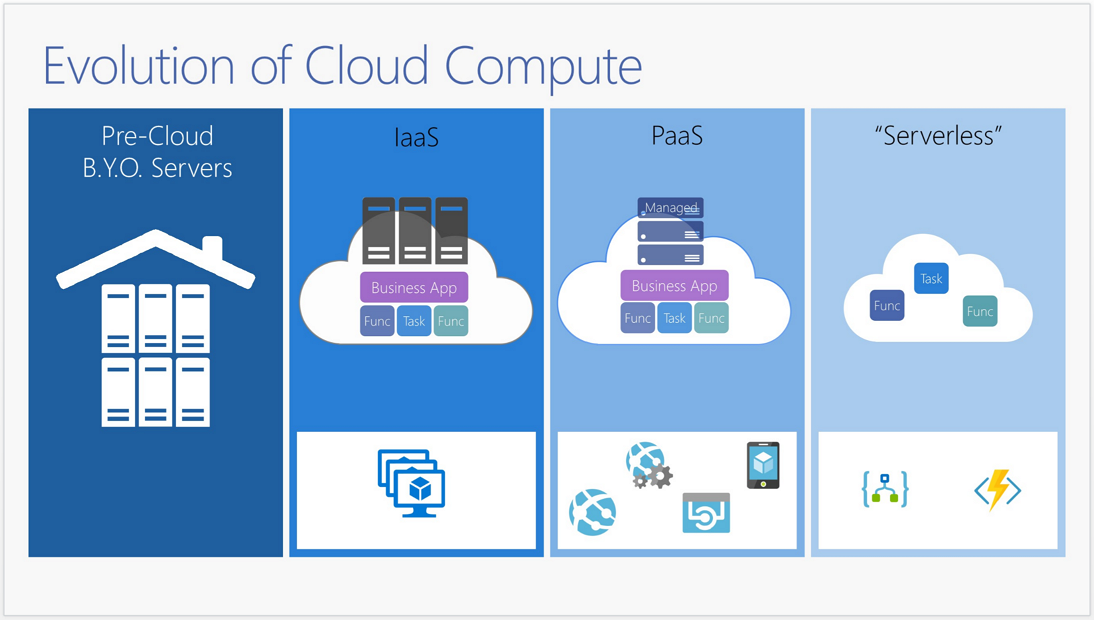Automating Azure Instrumentation and Monitoring – Part 5: Log Alerts
In the previous part of this series, we looked at the basic structure of Azure Monitor alerts, and then specifically at metric alerts. In this part we will consider other types of alert that Azure Monitor can emit. We will first discuss application log alerts – sometimes simply called log alerts – which let us be notified about important data emitted into our application logs. Next we will discuss activity log alerts, which notify us when events happen within Azure itself.… [Keep reading] “Automating Azure Instrumentation and Monitoring – Part 5: Log Alerts”


